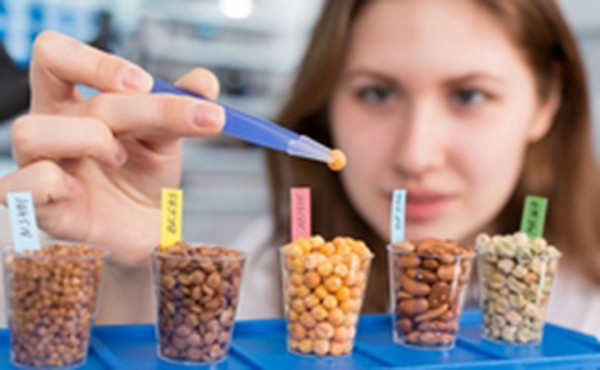✕

Column: industry Tag: beans,pulses,nutrient shortfalls Published: 2024-10-17 13:49 Source: www.foodingredientsfirst.com Author: William Nichols

Consuming more bean and legume pulses can improve shortfall nutrient intakes and raise the quality of US diets, according to a recent study. Researchers measured the increase of beans and pulses within the typical US diet and substantial increases in several nutrients that are a continued focus of public health concerns.
The results, published in BMC’s Nutrition Journal, will be presented on October 8 at the Academy of Nutrition and Dietetics Food & Nutrition Conference & Expo 2024 in Minneapolis, Minnesota, US.
“This research supports the growing body of evidence that consumption of beans and pulses may have numerous nutrient and public health benefits,” says Tim McGreevy, CEO of USA Pulses. “In fact, pulses are so nutritious that they were recently listed on DietaryGuidelines.gov as among the highest sources of potassium, iron and fiber, three nutrients of concern, in the latest health professional resources.”
A natural health boost
Pulses, which are the edible seeds of legumes, come in various forms, including beans, peas, chickpeas and lentils, and grow within pods. This study specifically included canned and dried forms of kidney beans, black beans, chickpeas and pinto beans in its analysis.
Using data from the National Health and Nutrition Examination Survey spanning 2001 to 2018, the study modeled the impact of adding one and two servings of beans to the diets of adults.
The study points out that, in the US, over 80% of the population consumes beans and pulses at rates below dietary recommendations, averaging just 0.1 cup per day. Recent studies from April and June 2024 have linked diets high in the studied food goods with significantly improved diet quality scores.
Moreover, it found that diets rich in these foods correspond with a 24% lower risk of cardiovascular disease, a 31% reduction in coronary heart disease, a 20% lower risk of stroke, a 23% decrease in diabetes risk and a 6% reduction in cancer risk.
The results also reveal that incorporating one or two daily servings of beans into the typical US diet notably improved overall diet quality, as measured by the USDA’s Healthy Eating Index-2015 (HEI-2015). Specifically, HEI-2015 total scores increased by 15% with one added serving of beans and by 19% with two servings, compared to the standard US dietary pattern.
Shortfall nutrients addressed by the increase include choline, alpha-linolenic acid, folate, iron, zinc, magnesium, vitamin E, potassium, calcium and dietary fiber.
“This research clearly shows that eating beans and pulses is good, but eating more is better,” states the study’s author, Yanni Papanikolaou. “Beans and pulses are excellent sources of fiber, folate and potassium and excellent sources of plant protein that also provides iron and zinc like other protein foods.”
Previous:SIAL Paris 2024 preview: Deep-tech, AI and data to transform the F&B industry
Next:KYSU rolls out airtight recyclable paper packaging across snack products
Hot key words
Hot Products
Popular Vendors